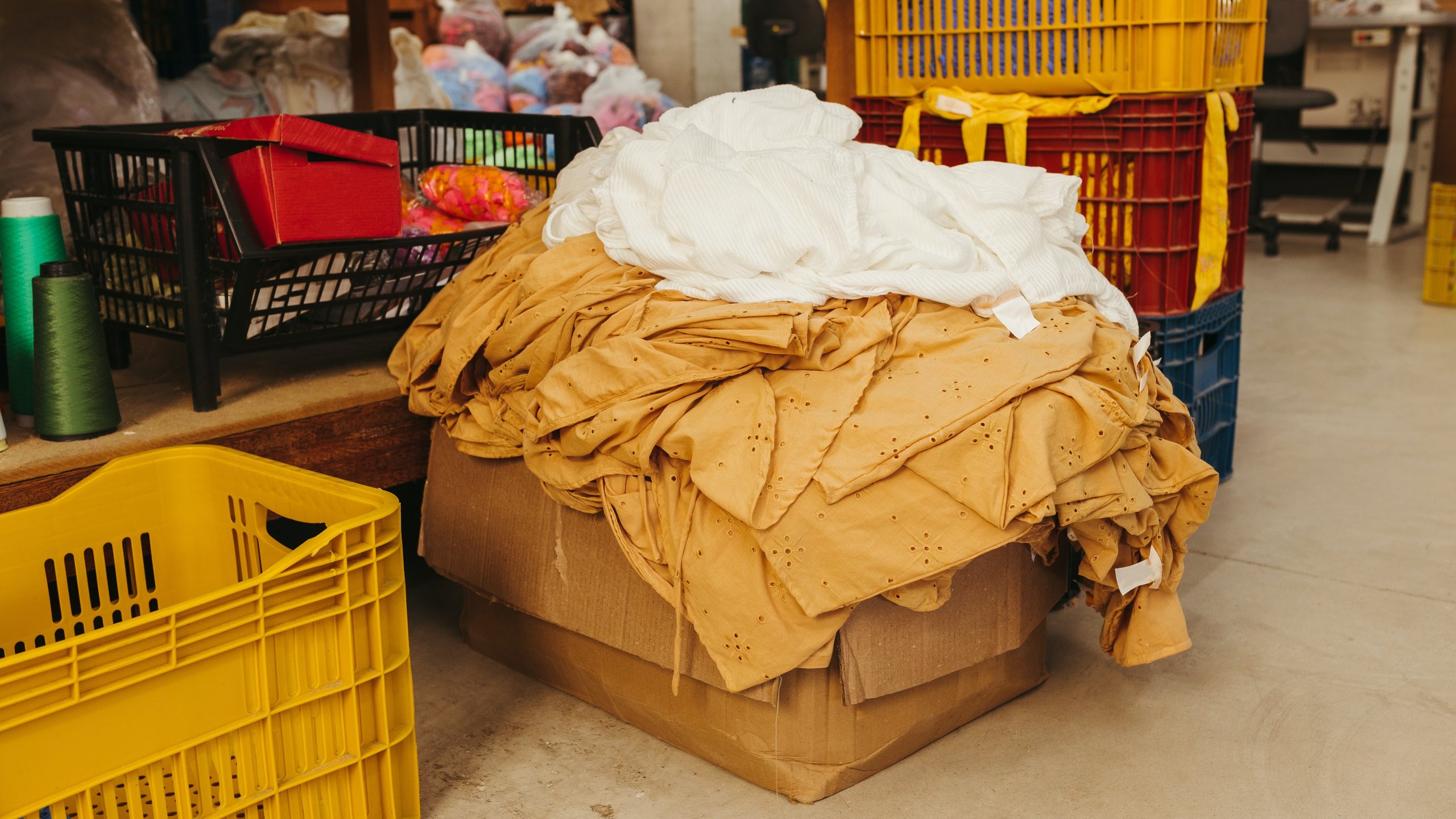Making Fashion Circular or just Going Around in Circles?
Make Fashion Circular
30 January 2023

The goal was to inspire and inform industry actors across the global value chain to adopt circular solutions, focusing on industry frontrunners and influencers in the wider sector.
Objectives:
The grant aimed to inspire collaboration and innovation aligned with circular economy principles.
Using a collaborative model, the Make Fashion Circular (MFC) initiative aimed to support the fashion industry’s transition to a circular system where safe materials are kept in use, as well as unlocking economic opportunities for a more circular industry. Through a set of concurrent strategies, the initiative worked to build an industry that designs products to be:
- Used more;
- Made to be made again; and
- Made from safe and recycled or renewable inputs.
Facts:
Partner: Ellen MacArthur Foundation
Investment: EUR 630,000 approximately
Duration: 2018 to 2021
Geographic region: Global
Results
The initiative employed a successful multi-stakeholder collaborative process in promoting the circular economy
-
However, significant changes are still needed to realise its post-2025 outcome goals:
- By engaging and influencing a cross-industry group of organisations, specifically six globally-influential brands and retailers as core partners, the initiative has successfully aligned a critical mass of industry actors to use the same language for the circular economy. The organisations acknowledge that a compelling business case to change practices exists. A significant number of core partners and participants have adopted circular economy company policies. However, there has been a lack of focus on improving accountability processes to monitor the implementation of their commitments and plans.
- Along with clear strategies at the design stage, the initiative adopted an approach that was flexible and agile, enabling it to address the context and work with stakeholders. It convened key industry players, such as groups of businesses, and provided practical circular solutions for the capacity strengthening of individual partners. This combination helped the initiative to spur changes in internal and external awareness and narratives towards a circular economy in fashion.
The initiative convinced a powerful set of influential businesses to move towards circular fashion (in strategies, plans and commitments)
- But these are just early steps towards circularity:
- The initiative inspired its members to embrace long-term action plans towards a circular economy and has encouraged some businesses to adopt climate-positive practices. However, the focus on accelerating the changes and conditions that will enable businesses to make a significant push towards implementing their commitments at scale is missing. Most members were at the early, nascent stages of implementing their newly-adopted circular strategies.
- Linear and ‘business as usual’ models continue to dominate the fashion industry. While some of the initiative’s members, including manufacturers, retailers, etc., have laid out bold circular economy company policies, only a few businesses adopted a comprehensive slew of practices that go beyond piloting one-off circular collections, business models or design guidelines. Furthermore, there is a lack of transparency about these actions among the many businesses that are moving towards a circular economy. The initiative aimed to play a key role in pushing the fashion industry to seek industry-wide commitments for ambitious time-bound targets; however, this has yet to be accomplished due to several reasons (context, the market impact of COVID-19, etc.).
What did we learn?
Laudes Foundation
- Raising the level of industry action through comprehensive plans and commitments is crucial for progress towards transformative solutions for circularity in fashion to be achieved with both scale and pace.
- Presence of monitoring / accountability mechanisms for action plans and commitments are key to facilitating a systemic change towards circularity in the fashion industry.
- In bringing about transformational change towards circularity in fashion, it is crucial to address the enabling conditions (e.g. regulation and policy) for systemic change within contexts.
For Partners & Others
- Convening global stakeholders from across the value chain helps facilitate dialogue, knowledge sharing and building momentum for action towards circularity.
- By convening key players and strengthening the organisational understanding of circular economy principles and opportunities, it is possible to convince businesses and retailers of the value proposition for circular fashion.
- Clearly explaining systemic change to members and partners, as well as what is needed to meet that change, will help address the tension between short-term and long-term changes and results that have different financial implications.
